Everything you need to know about snow load
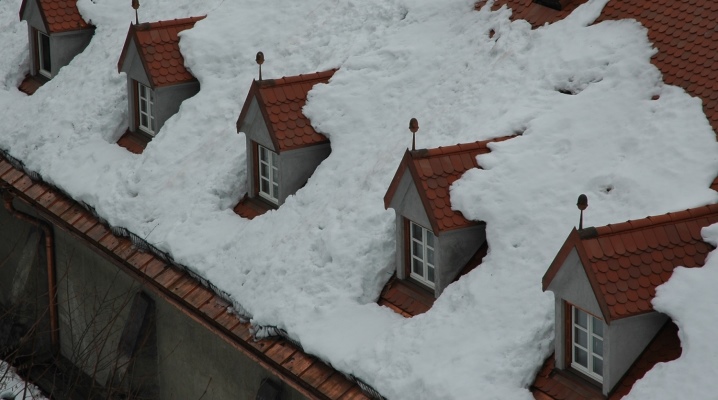
This article summarizes everything you need to know about snow load. You can find out about the calculation and standard load by district according to SNiP. Also here you can find out about the calculated snow load in the regions of Russia, about 3, 4 and other snow areas, about the practical application of this information.

What it is?
In our country, in winter, the danger is not only cold and piercing winds. Snow load can be a serious risk. This is the name of the factor that has a direct impact on the service life and reliability of the operation of various buildings. Even if the winter is dry, the pressure from the snow on the roof and supporting structures can be very significant; when humidified, the force of pressure increases significantly.
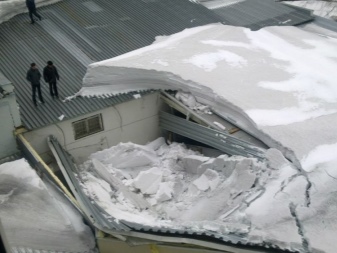

Snow load allows you to accurately calculate:
-
roof;
-
rafters;
-
load-bearing walls;
-
foundation of the building.
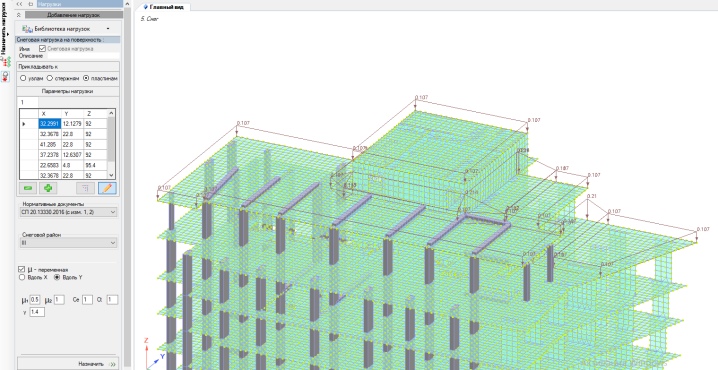
The exact parameters of the snow load are recorded in the SNiP for the regions of Russia. Taking into account this information, all construction and finishing materials are mounted and laid. They are repelled when designing the rafter system and roof sheathing. Moreover, such information must be taken into account when selecting specific building materials for the roof. Find out the required information as accurately as possible in a regional self-regulatory organization in the field of construction.
The question may arise - what will happen if you nevertheless ignore the normative in the joint venture by region or the calculated load from the snow mass. At first glance, without such regulations, the construction and repair of buildings have been carried out for centuries and even millennia. However, it must be borne in mind that it was precisely the impossibility of accurate calculation that greatly harmed people, and it is foolish to refuse such an advantage that modern builders and planners have. When calculating the load-bearing structures of a building, all specialists proceed from the so-called limit state method. These states include all events when roofing elements and other parts cease to perform their functions (they cannot resist new influences or exhaust the necessary margin of safety).
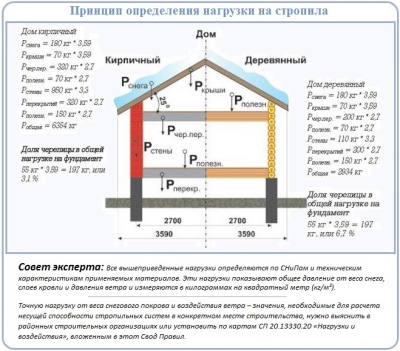
If it is exhausted, then the building almost immediately collapses and collapses. But even if this does not happen, then it will be impossible to operate the building further. Dismantling of damaged or worn structures will be required. It will take a strictly complete replacement of all roofing materials, not excluding metal tiles and corrugated board. It is also worth noting that sometimes, under the influence of forces acting on the roof, static or dynamic deformations are formed, which do not destroy the structure, however, make it unusable.
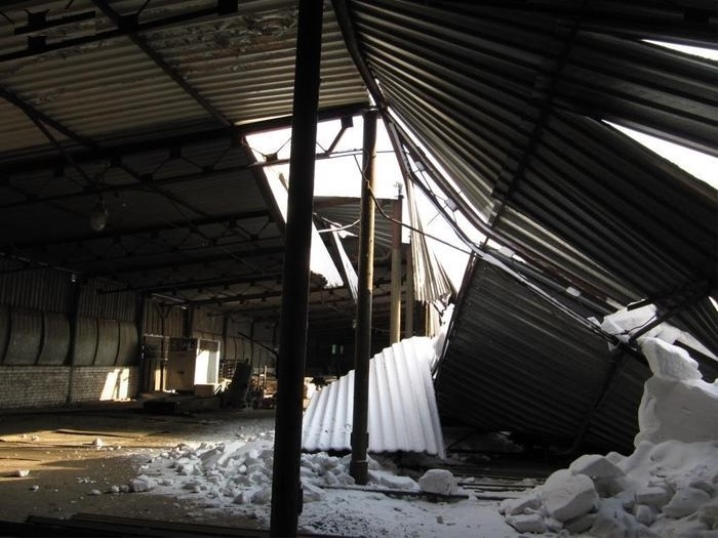
Normally - and this is clearly spelled out both in GOST and in the standards of other countries - the snow load is calculated according to the first state. This allows you to approach the problem as seriously as possible. It must be understood that such a load at the roof level is usually greater than at the ground. This is due to the dominant wind direction and roof slope. In some areas, snowflakes are concentrated to a greater extent than in other places.
In most cases, however, the snow load is calculated for flat roofs. The degree of impact on the dome is not indicated in SNiP. Therefore, it is calculated each time separately, according to a special scheme.It is also necessary to understand that along with a stable one, there is also a long-term and temporary (short-term) load per 1 / m2. When determining such parameters, first of all, one proceeds, of course, from the climatic parameters of a particular area.
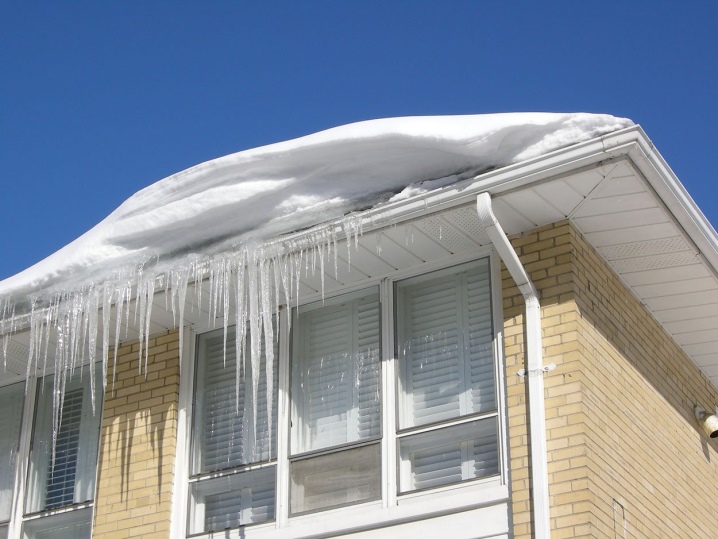
The value of snow impact per 1 sq. m. of the roof surface is by region (in Pascals):
-
1 — 500;
-
2 — 1000;
-
3 — 1500;
-
4 — 2000;
-
5 — 2500;
-
6 — 3000;
-
7 — 3500;
-
8 — 4500.

Here are some examples of cities from each district with a specific snow load:
- 1st Astrakhan, Blagoveshchensk;
- 2nd Vladivostok, Volgograd, Irkutsk;
- 3rd Veliky Novgorod, Bryansk, Belgorod, Vladimir, Voronezh, Yekaterinburg;
- 4th Arkhangelsk, Barnaul, Ivanovo, Zlatoust, Kazan, Kemerovo
- 5th Kirov, Magadan, Murmansk, Naberezhnye Chelny, Novy Urengoy, Perm;
- 6th outside densely populated areas;
- 7th Petropavlovsk-Kamchatsky;
- 8th outside densely populated areas.
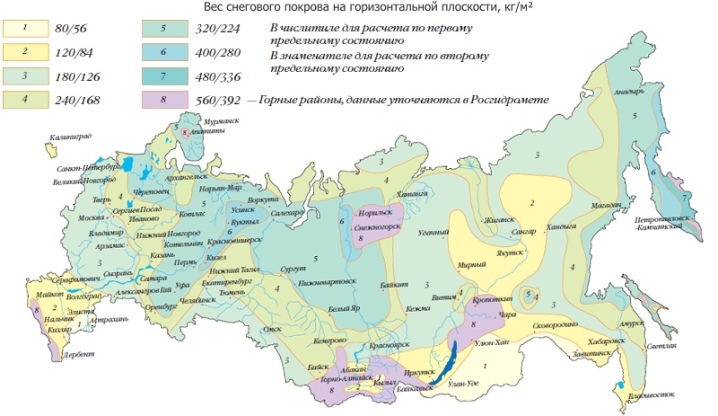
Calculation features
Formula
The required calculation principle is given in the set of rules in force since 2016. It contains the following general formula (with multiplication of factors): S 0 = c b x c t x µ x S g, where:
-
Sg - standard load index;
-
cb - coefficient of wind-driven snow removal;
-
ct - thermal (more correctly, thermal) coefficient that determines the intensity of heat transfer through the roof;
-
µ is another coefficient that is determined by the degree of inclination of the roof slope in relation to the horizontal.
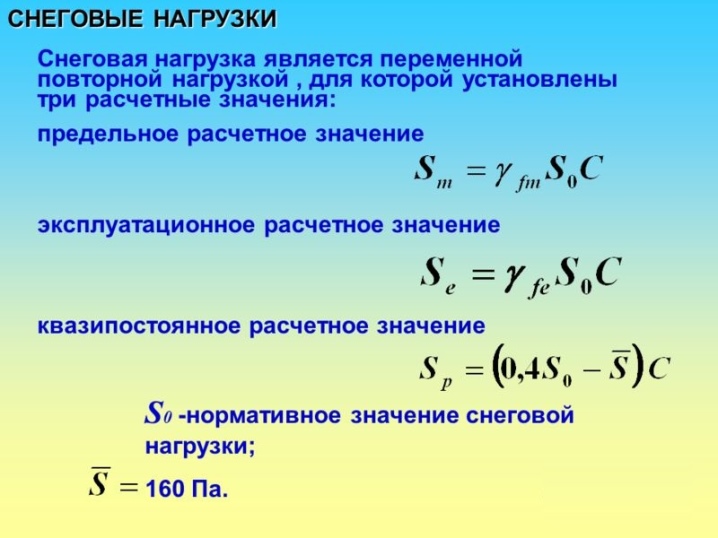
An important indicator is the proportion of the duration of the snow load. It is useful to calculate the long-acting factors as less intense in terms of level. In this case, a correction factor of 0.5 is applied (provided that the average annual temperature exceeds 5 degrees). But short-term impacts are calculated mainly with increasing indices, the values of which are taken by experts from specialized literature. Similar rules are used to calculate the load on the sheds.
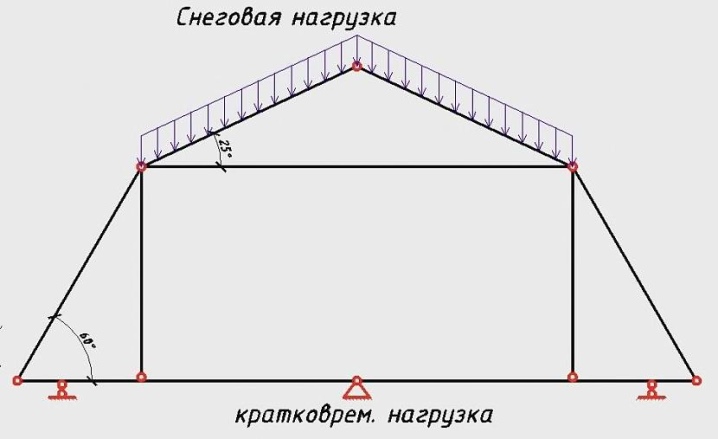
Determination of coefficients
But all this applies only to extremely general cases. It is helpful to analyze specific examples of how all of these formulas work. Let there be a building with dimensions below 100 m, which does not have sophisticated geometric roofing shapes. For large houses or with broken terrain, more complex calculation schemes will be required. The dependence of the intensity of snow pressure and the angle of inclination of the roof slope is quite objective.
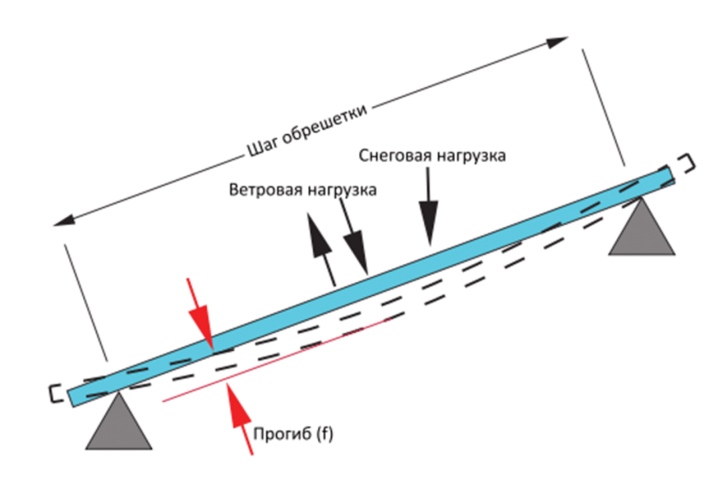
The lowest in terms of reliability are flat or with a very weak slope of the roof. For them, the coefficient µ is taken equal to one. This indicator is valid when the roof is tilted no more than 25 degrees. Increasing the slope with respect to the horizontal of the ground increases the area of the roof over which the falling snow is distributed. For a range of angles from 25 to 60 degrees µ is taken equal to 0.7.
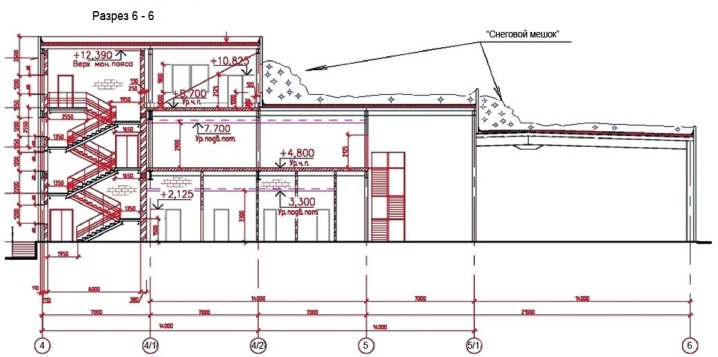
On even steeper surfaces, precipitation does not accumulate at all. For angles over 60 degrees, the load factor is taken equal to 0. These simple rules allow you to accurately determine the index of the transition from the weight of land cover to cover. But along with it, it is also necessary to take into account the so-called thermal coefficient. It is used to judge how intensely the snow will melt when heat is released through the roof surface.
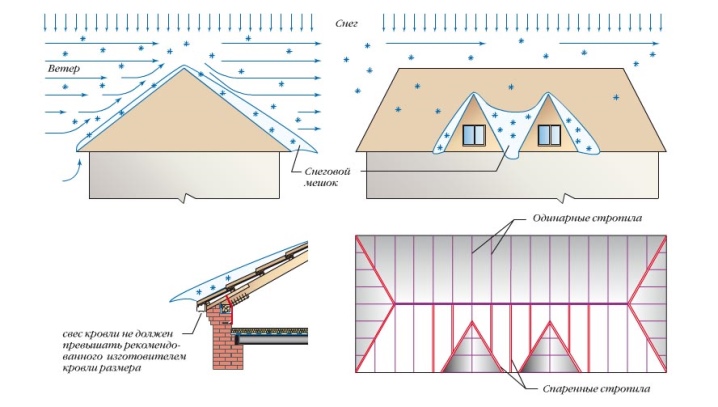
All modern builders uniquely design roof structures with low heat loss. Therefore, the coefficient will be one. Only in a small number of cases is the value 0.8 taken.
The prerequisites are:
-
lack of roof insulation or its extremely weak efficiency;
-
tilt of the surface over 3 degrees;
-
efficient drainage of waste water and melt water.

But it is imperative to remember that the wind always blows snow from the roof surface. By default, the corresponding factor is one because the drift efficiency is low. Sometimes the calculated index is taken equal to 0.85. You should first make sure that:
-
in winter, the wind blows steadily no slower than 4 m / s;
-
on average, over a normal winter, the air temperature will be below 5 degrees (only under this condition there is a sufficient number of easily transported particles);
-
the angle of the roof slope is not less than 12 and not more than 20 degrees.
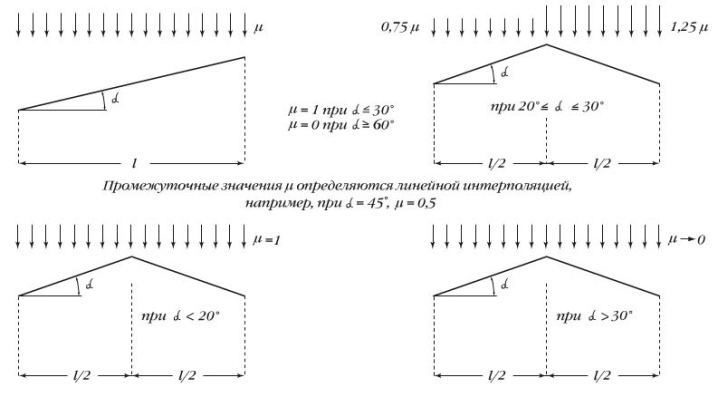
But that's not all! Before using it in direct design, it is required to multiply the result obtained at the previous stage by the safety factor (which is 1.4). The purpose of such an operation is to take into account the loss of strength of the building's structural materials over time. As for the mass of snow, in its normal state it weighs about 100 kg per 1 cubic meter. m. But wet snow already weighs 300 kg per 1 m3; such information is quite enough to make a start in the calculation only from the thickness of the cover.
This thickness should be measured in an open place along the surface. Additionally, the indicator is multiplied by the reservation ratio, that is, it is increased by 50%. This usually makes it possible to compensate for even the consequences of the most severe winter. Official snow load maps help to accurately account for local conditions. It is on the basis of these maps that SNiP standards are built.
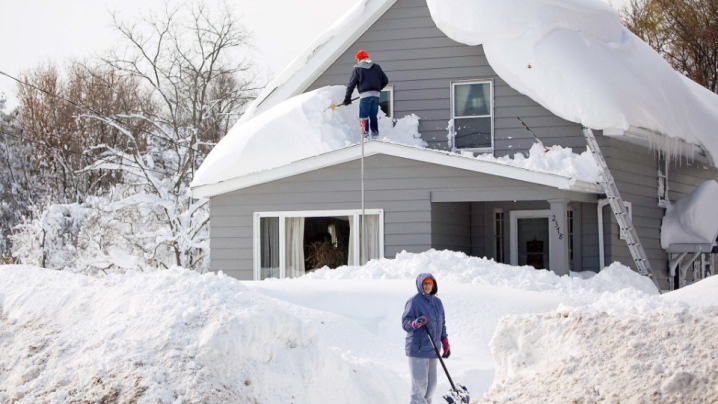
How to use load information?
As already mentioned, when building houses, information about the load on the roof allows you to correctly select the main material. Almost every manufacturer in the official description of their products indicates the permissible exposure level. A simple comparison with the established characteristics is enough to understand whether the coverage is suitable or not. For example, as soon as the snow begins to press with a force of 480 kg per 1 m2, it is completely impossible to use soft tiles, but for ondulin this is a completely normal operating mode.

True, the correct installation of the coating plays an important role. By accurately calculating the snow load, it is possible to prevent deformation and destruction of the roof, frame, even at problem points and nodes. It was found that with an increase in the load up to 400 kg per 1 m2, the valleys tend to be covered with snow bags of excess weight. Therefore, in such places it will be necessary to provide for double legs of the rafters and strengthen the crate before starting installation.
Snow bags can form on the leeward side of the roof. When sliding, they press on the surface of the overhang very powerfully. Its edge can be mechanically destroyed. Preventing such a development of events, however, is not so difficult - you only need to limit the size of the overhang itself. Here are just a few examples that suggest that in the construction of buildings and especially in the design of roofs, the snow load is needed not only as a theoretical value.
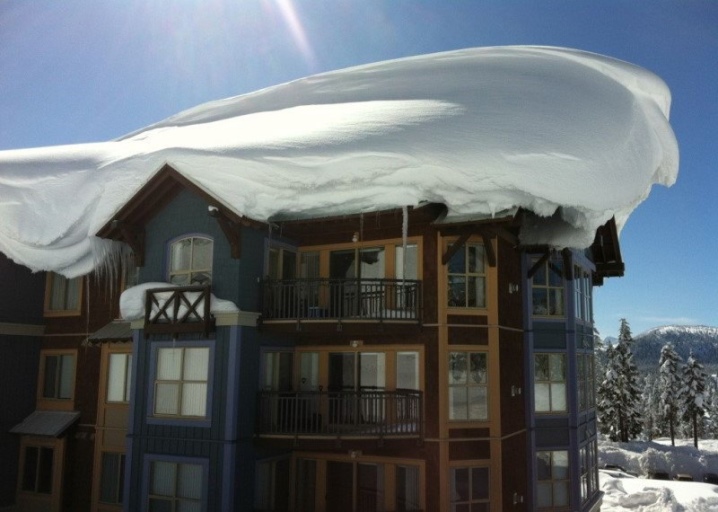
There are a few more subtleties to consider:
-
ideally, the snow load should be carried out at both limit states;
-
long-lying, solidly packed snow has a much greater effect than loose fresh mass;
-
with an average January temperature above -5 degrees, the snow will constantly melt from below and greatly increase the load on the surface when it solidifies.
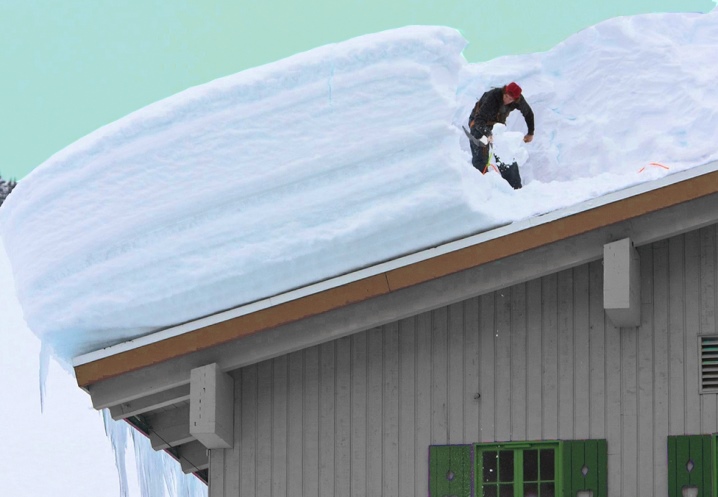



































































The comment was sent successfully.